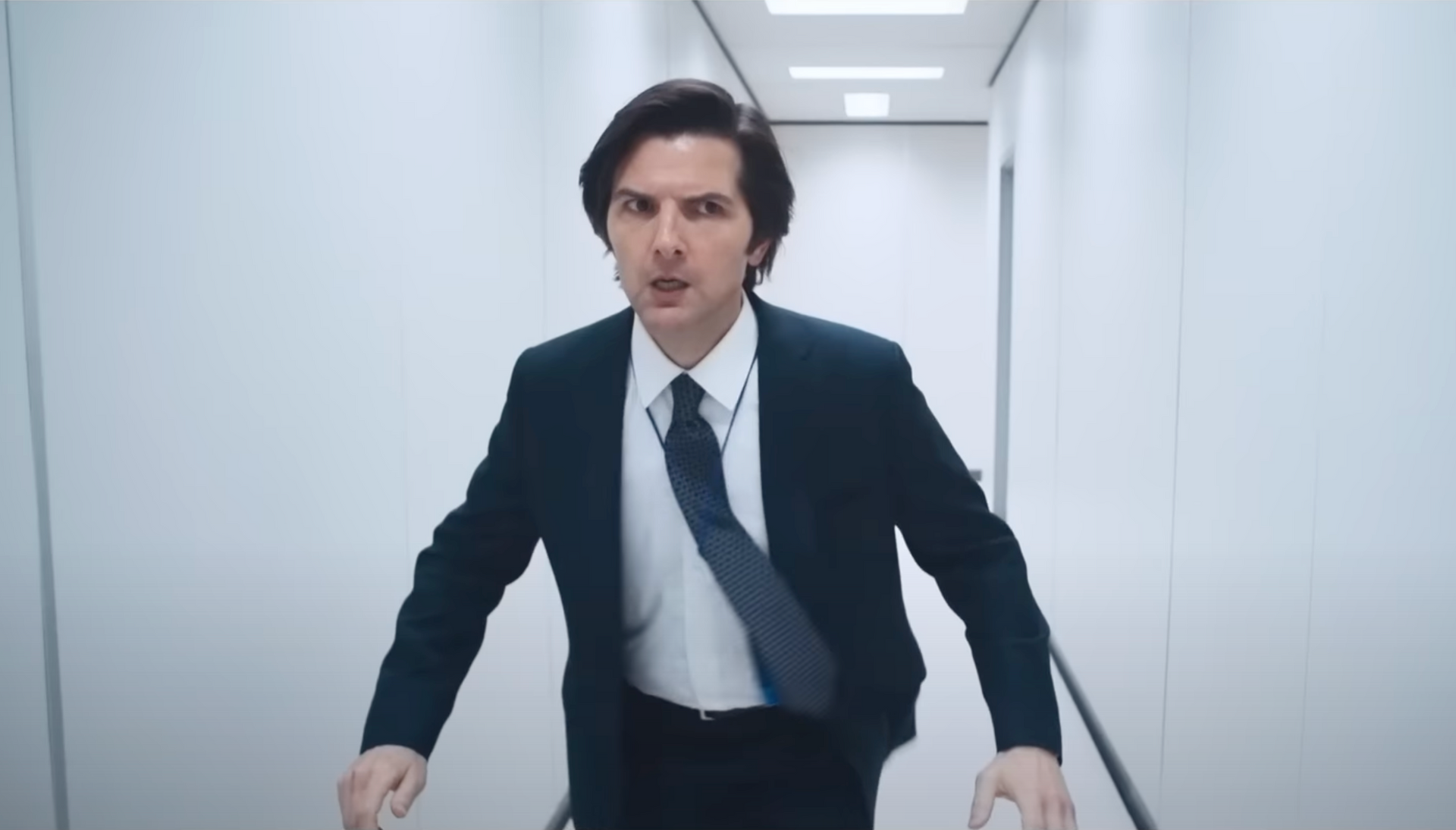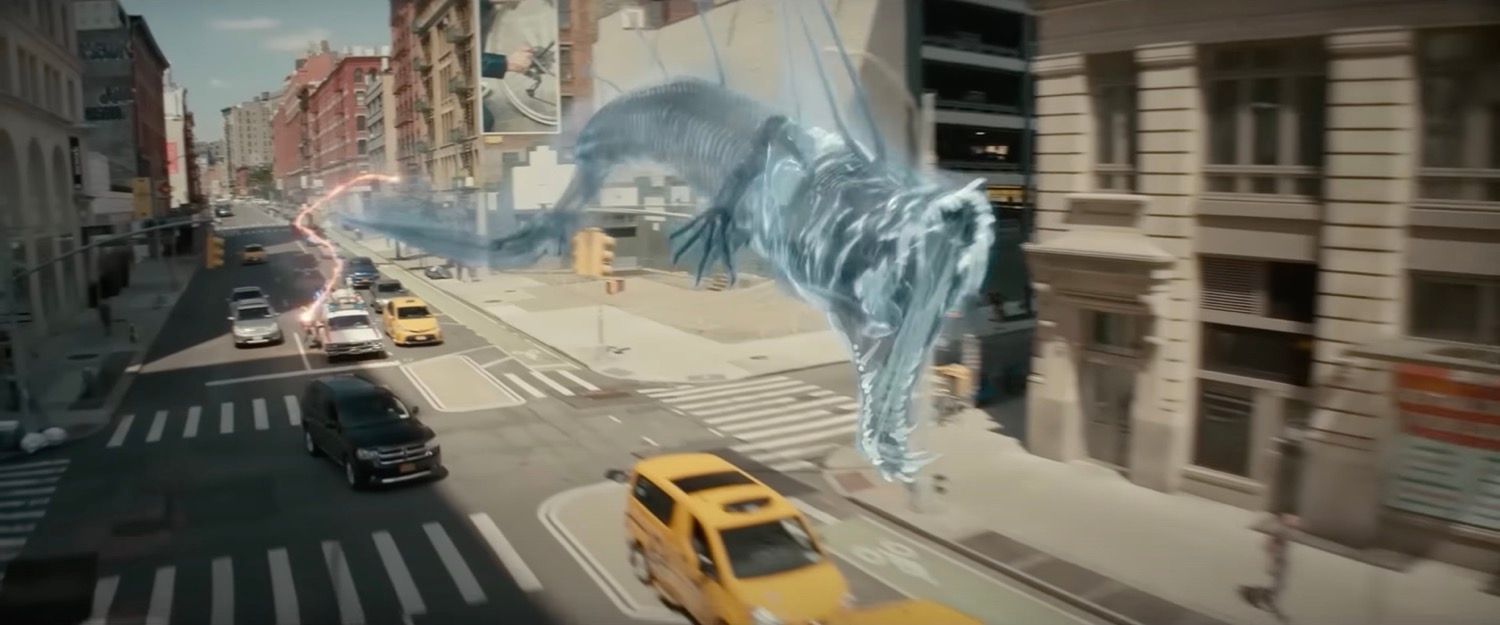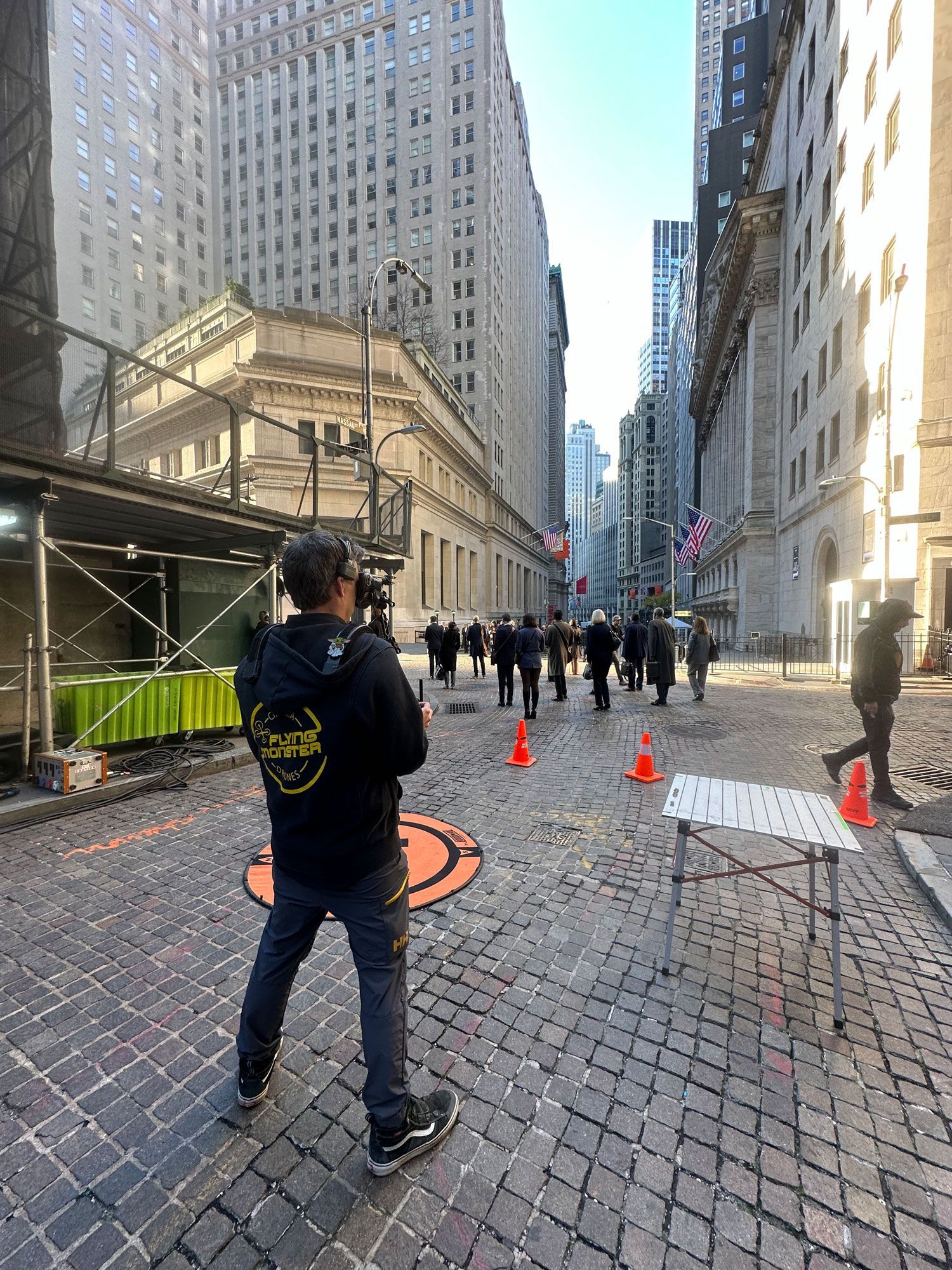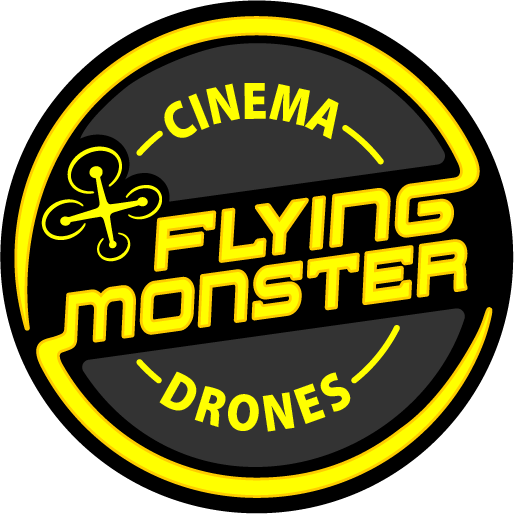More and more, today's filmmakers rely on computer-generated graphics to reproduce stunts, backgrounds, and in some cases, entire sets. Visual effects can even be used to stitch together separate shots to create an illusion of the long extended shot type commonly referred to as "a-oner." So, does all of this incredible technology make filmmaking easier? If so, why is our "Drone Catch and Throw" technique being used by many different filmmakers big and small? Sometimes it may come down to safety and legal; other times, there may be no other way to achieve the shot type.
To tell this story, we look back at the first time a "drone catch" was performed in motion picture history. Long before an actual camera was put on the ground, the showrunners of The Greatest Showman had created a pre-visualization detailing every shot of the opening scene. This animation served as a guide to everyone on set, including comprehensive details of lighting, wardrobe, choreography, camera, props, etc. During this process, a particular shot was crafted that defied all traditional methods of capture.
About two minutes into The Greatest Showman's opening scene, a shot starts high and wide, under the hanging drapes of PT Barnum's fantastic circus. The camera circles wide around the tent poles, elephants, and trapeze artists, swooping lower and closer to the center of the stage, ending on a close up orbiting Hugh Jackman's character PT Barnum. A dream shot, created inside a computer.
At this time, Seamus McGarvey, Director of Photography, contacted Visual Effects Supervisor and Technodolly guru Anthony Jacques for help. Because of physical obstacles in the way, and the orbiting nature of the shot, Anthony knew that it could not be achieved by a crane or cable cam. Intregued by drone technology, Anthony recalled watching a recent promotional video of the DJI Inspire 2, where the camera transitioned from a flying camera to a handheld shot. As a result, this was his possible solution, it's a "drone catch."






